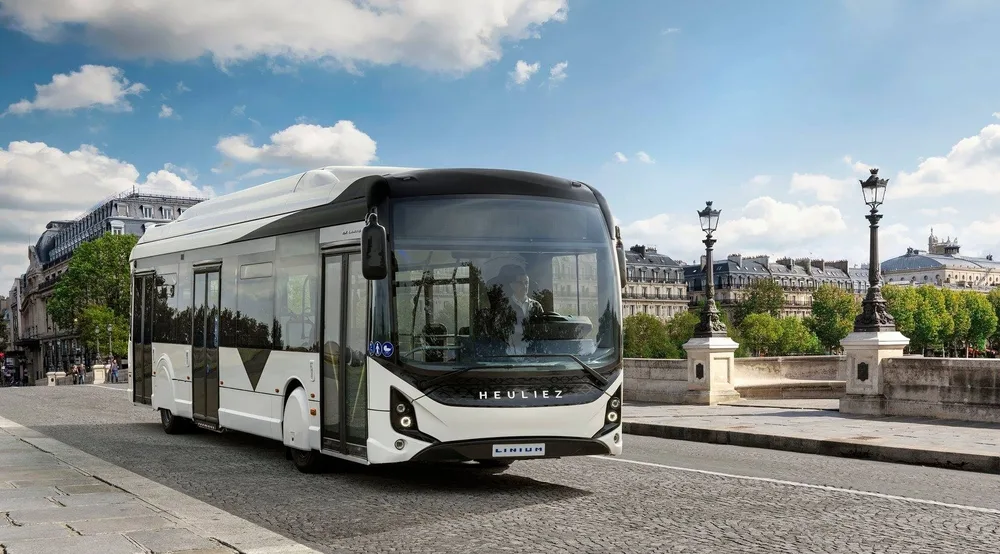A study conducted by industry leaders suggests that mobile charging on France’s main highways for long-distance transport could represent an energy demand of up to 3.5 TWh per year by 2035.
The research involved the French electricity distributor Enedis, VINCI Autoroutes, and TotalEnergies.
As well as six European manufacturers, including Volvo Trucks, Renault Trucks, Mercedes-Benz Trucks, MAN Truck & Bus France, Scania, and Iveco.
The aim is to identify the needs in terms of power, charging infrastructure, among other factors, to enable widespread use of long-distance electric heavy vehicles and to inform the development of the electric network.
As stated by Enedis in a statement, preliminary results of the study project this 3.5 TWh demand.
This would also imply a maximum power demand of up to 1.15 GW annually during peak periods.
According to the electricity distributor, while this increase in energy consumption and power demand is significant, it could be integrated into the grid without major difficulties.
Meeting these needs would require the deployment of approximately 10,000 CCS1-type charging points for long breaks and 2,200 MCS2-type fast charging points (HPC) by 2035.
These estimates consider a “high” scenario, assuming that 30% of heavy vehicles in the fleet will be electric and will account for 25% of long-distance journeys by 2035.
Enedis asserts that a key conclusion of the study is the need to accelerate the electrification of heavy-duty transport.
Battery-electric heavy goods vehicles are the primary “zero tailpipe emissions” technology chosen by manufacturers to achieve this in the coming years.
While electric heavy-duty trucks for urban deliveries and regional transportation are already available, long-distance electric heavy-duty truck technologies are expected to enter production by early 2024.
These vehicles will have sufficiently large battery capacities to offer a range of over 430 miles (692 km), allowing for the transport of goods over long distances with recharges during regulatory breaks.
Furthermore, the rise of electric heavy goods vehicles will require the widespread deployment of suitable charging infrastructure, both at depots and destinations.
For vehicles traveling long distances, it will be essential to deploy charging points along France’s main roads, especially on highways, which represent approximately half of the total heavy goods traffic in the country.
Accessibility to electric charging while on the move is a prerequisite for the electrification of heavy-duty vehicle fleets covering long distances.
This collaborative study comes at a time when the impact of such vehicles on network infrastructure has been discussed as a key concern.
Preparing the grid for their proliferation in the coming years has been a topic of great attention, not only in Europe but also in the United States.
The publication of the final results and insights from the study is planned before the end of 2023.







